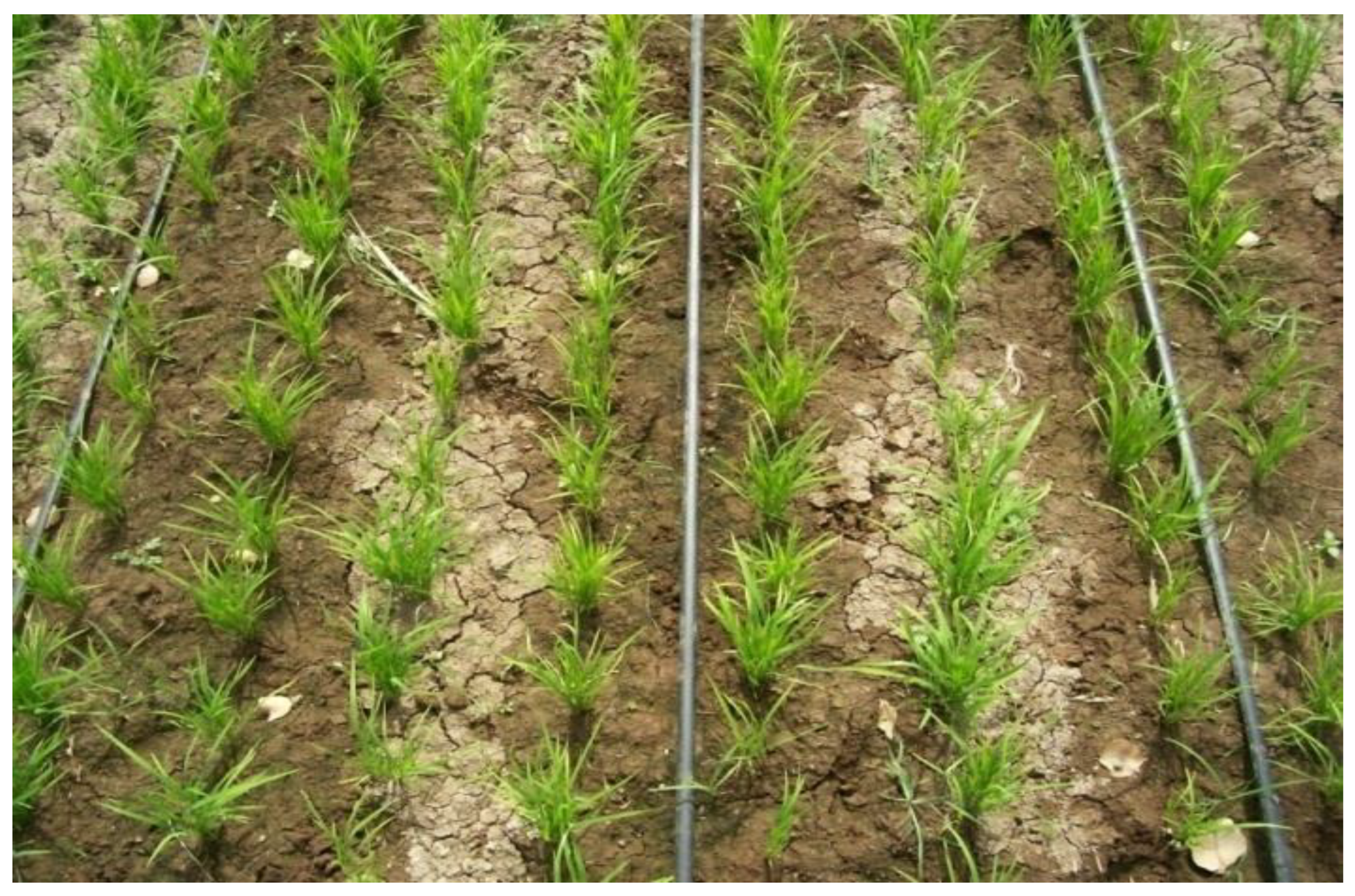- This topic is empty.
- AuthorPosts
- April 11, 2025 at 6:03 am #625870

Rice is one of the most important staple crops globally, feeding billions of people every day. However, rice cultivation is highly water-intensive, requiring substantial amounts of water for irrigation.
As water scarcity becomes an increasing concern due to climate change and population growth, optimizing water management techniques in rice production is crucial for ensuring sustainability.
Effective water management not only helps conserve water resources but also improves crop yield, reduces production costs, and minimizes environmental impacts. This article explores key water management strategies that can lead to more sustainable rice farming practices.
1. Alternate Wetting and Drying (AWD)
Alternate Wetting and Drying (AWD) is a water-saving irrigation technique that involves intermittently flooding and drying rice fields rather than keeping them continuously submerged. This method helps conserve water while maintaining healthy crop growth. AWD has been shown to reduce water usage by up to 30%, compared to conventional flooding practices, without compromising rice yields.
Additionally, AWD can reduce the emission of methane, a potent greenhouse gas, which is typically released when fields are continuously flooded. By allowing the soil to dry periodically, this technique also encourages deeper root growth, enhancing the plant’s resilience to water stress.
2. System of Rice Intensification (SRI)
The System of Rice Intensification (SRI) is a set of principles and practices that aim to increase rice yields while using fewer resources, including water. SRI involves planting younger seedlings at wider spacing and under conditions of controlled irrigation. By applying less water through more efficient irrigation systems and using organic inputs, SRI allows rice to grow more vigorously and with better soil aeration.
This system improves water efficiency by reducing the need for flooded fields and encourages the use of less water while achieving higher yields per unit of water used. SRI has proven to be a promising technique for farmers in regions with limited water resources.
3. Drip Irrigation Systems
Drip irrigation, though traditionally used in other crops, is also gaining popularity in rice cultivation as a method to optimize water use. Unlike conventional flood irrigation, which applies water uniformly across large areas, drip irrigation delivers water directly to the base of the plant through a network of pipes and emitters. This localized approach ensures that water is applied precisely where it is needed, reducing waste and preventing over-irrigation.
Drip irrigation also allows for the application of fertilizers and pesticides directly to the root zone, improving nutrient uptake and reducing the potential for chemical runoff. Though the initial cost of installing drip systems can be high, the long-term water savings and improved crop yields make it a worthwhile investment for sustainable rice production.
4. Water-efficient Varieties
Developing and adopting water-efficient rice varieties is another important strategy for optimizing water use in rice production. These varieties are bred to tolerate water stress better and require less water for optimal growth.
Traits such as drought resistance, early maturity, and reduced water absorption help rice plants survive and thrive under water-scarce conditions. Additionally, water-efficient rice varieties may have better root systems that allow them to access deeper soil moisture, reducing the need for frequent irrigation.
The adoption of these varieties, coupled with improved water management techniques, can significantly reduce the overall water consumption in rice farming.
5. Soil Water Management
Soil water management plays a crucial role in optimizing water use for rice cultivation. By improving soil structure and water retention capabilities, farmers can reduce their reliance on irrigation and make the most of available rainfall.
Techniques such as mulching, conservation tillage, and the use of organic matter can help maintain soil moisture levels and prevent water evaporation. In addition, the use of water retention additives like superabsorbent polymers can help soil hold water for longer periods, reducing the frequency of irrigation.
Proper soil management techniques can also improve the soil’s nutrient-holding capacity, which further enhances the overall efficiency of water use in rice farming.
In conclusion, optimizing water management techniques is essential for ensuring the sustainability of rice production in the face of growing water scarcity. Techniques such as Alternate Wetting and Drying (AWD), the System of Rice Intensification (SRI), drip irrigation, the adoption of water-efficient rice varieties, and effective soil water management all contribute to reducing water consumption while maintaining high yields.
These strategies not only conserve precious water resources but also enhance the resilience of rice farming systems, making them more adaptable to climate change.
As the global demand for rice continues to rise, the implementation of water-efficient practices will be key to ensuring the long-term sustainability of rice production and food security worldwide.
Read Also: Data-driven Strategies to Improve Nitrogen Use Efficiency of Rice
- AuthorPosts
- You must be logged in to reply to this topic.

